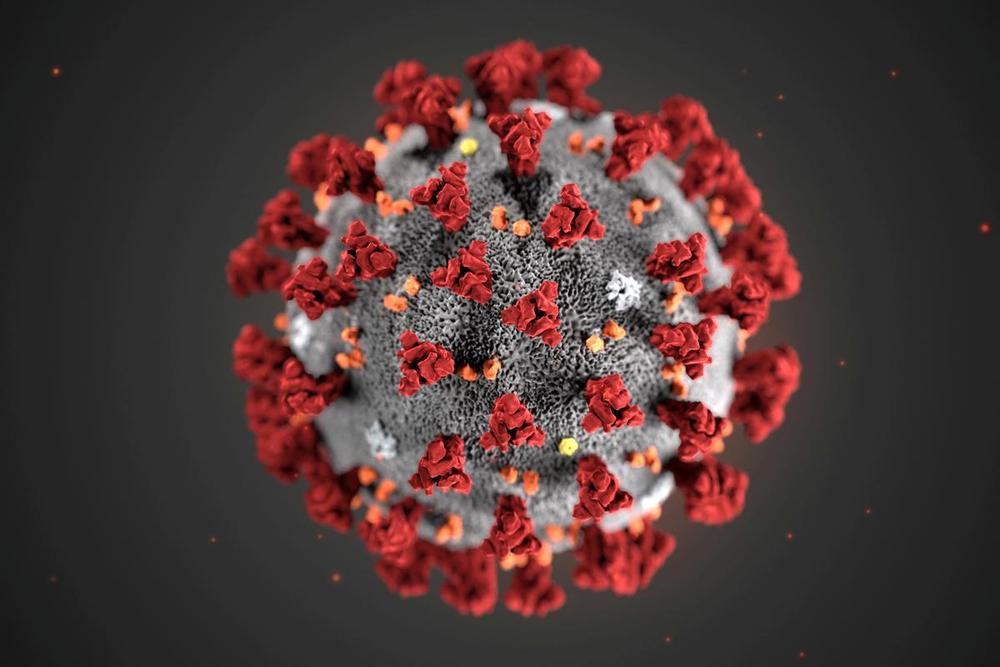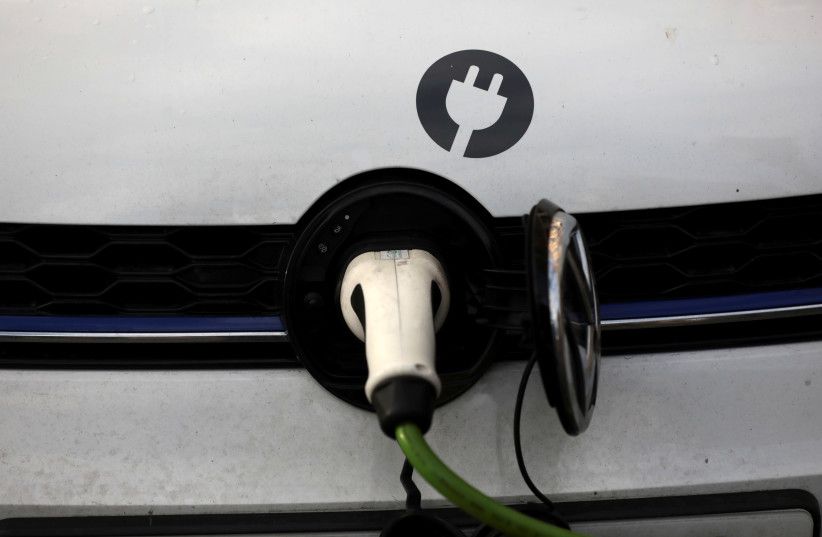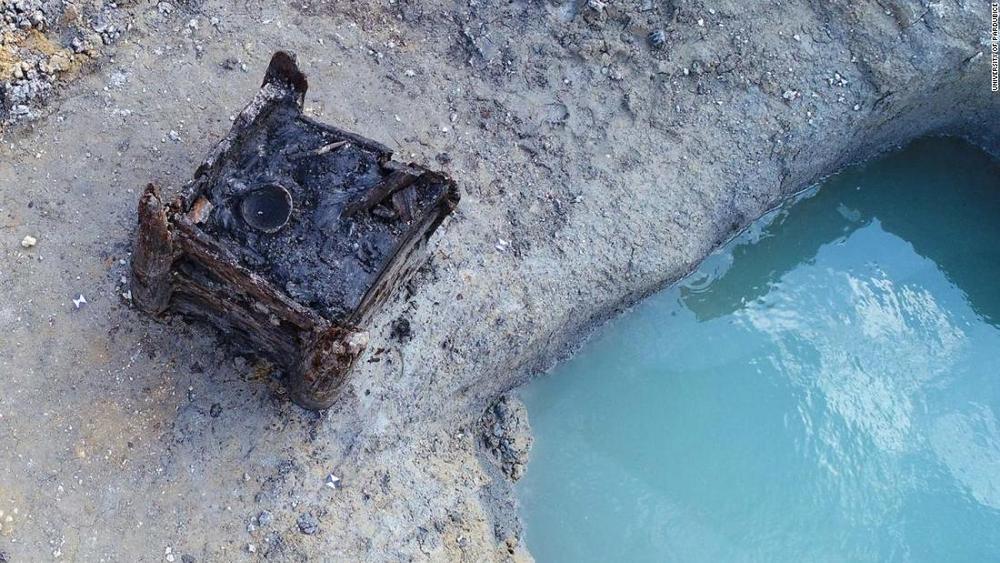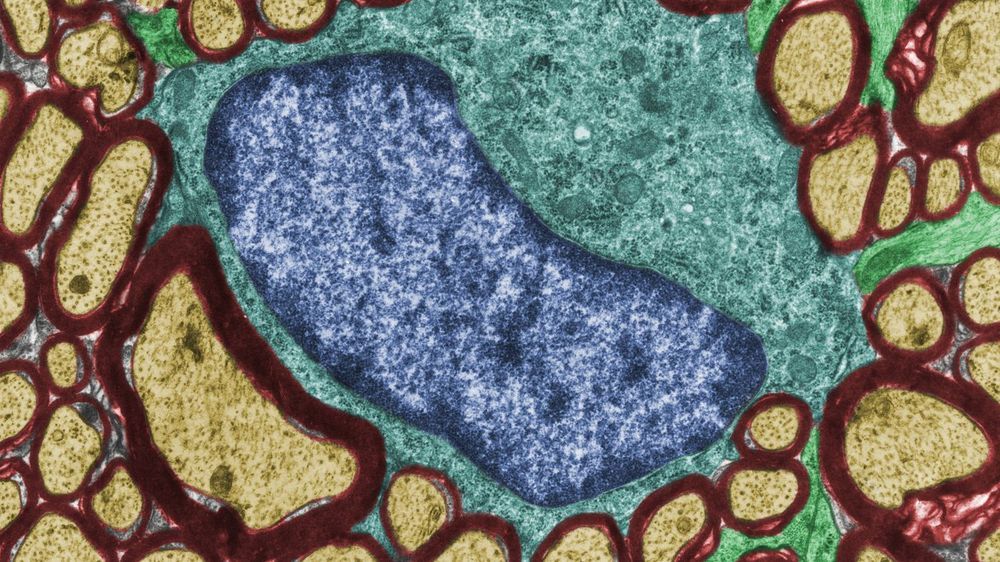These supremely stable particles could explain dark matter.




(Reuters) — Regeneron Pharmaceuticals Inc ( REGN.O ) is working with the U.S. Department of Health and Human Services (HHS) to develop a treatment for the coronavirus outbreak that has killed more than 400 people in China, the HHS said on Tuesday.
The company will use the same technology that was used to develop an experimental drug to treat Ebola in the Democratic Republic of Congo, the agency said.

India’s largest commercial oil company, Indian Oil Corporation Ltd., will partner with Lod-based energy start-up Phinergy to develop and produce innovative metal-air batteries, often regarded as the solution for long-distance electric-vehicle travel.
Indian Oil said it had bought a minority stake in Phinergy on Tuesday, which specializes in aluminum-air (Al-air) and zinc-air technologies. Unlike conventional lithium-ion batteries that carry oxygen within a heavy electrode, metal-air systems produce energy by combining aluminum, water and oxygen from the air.
The future incorporation of the long-pursued battery solution into electric vehicles, Phinergy said, will enable long-range driving, five-minute energy recharges and lowering the cost of electric vehicles.
Indian Oil and Phinergy plan to form a joint venture in India to collaborate on developing an Al-air battery system, including research and development, customization, manufacturing, assembly and the selling and service of energy systems. The companies also intend to establish a factory in India to manufacture the batteries for electric vehicles and additional stationary applications.
“We are confident that this Al-air battery technology would complement lithium-ion batteries to provide a hybrid solution for large-scale adoption of electric vehicles in the country,” Indian Oil chairman Sanjiv Singh said, adding that the company is assessing numerous alternative-energy options. “Al-air battery technology has advantages on a number of factors like range, energy density, safety of operations, life cycle, etc.”
Indian Oil hopes the development of innovative battery solutions will reduce the country’s reliance on imports, which are highly susceptible to geopolitical and currency-related risks. The development of Al-air solutions is considered to be particularly relevant to the Indian market due to its natural availability and the large aluminum production industry in the country.

Its design shines a light on technical skills that researchers didn’t think Neolithic people possessed.
Archaeologists have discovered a 7,000-year-old Neolithic well in eastern Europe, which they believe is the oldest wooden structure in the world.
The square well was built with oak by farmers around 5256 B.C., according to researchers who pinpointed its origin after analyzing the tree rings in the wood, which is the scientific method known as dendrochronology. The well’s age makes it the oldest dendrochronologically dated archaeological wooden construction worldwide, according to the researchers in the Czech Republic.
“The well was only preserved because it had been underwater for centuries. Now we cannot let it dry out, or the well would be destroyed,” Karol Bayer of the University of Pardubice’s Department of Restoration said in a press release.

O.o.
While eating takeout one day, University of Chicago scientists Bozhi Tian and Yin Fang started thinking about the noodles—specifically, their elasticity. A specialty of Xi’an, Tian’s hometown in China, is wheat noodles stretched by hand until they become chewy—strong and elastic. Why, the two materials scientists wondered, didn’t they get thin and weak instead?
They started experimenting, ordering pounds and pounds of noodles from the restaurant. “They got very suspicious,” Fang said. “I think they thought we wanted to steal their secrets to open a rival restaurant.”
But what they were preparing was a recipe for synthetic tissue—that could much more closely mimic biological skin and tissue than existing technology.


It’s hard to imagine today, but Wright Electric is trying to build an electric aircraft for 186 passengers.
Wright Electric announced the start of the electric propulsion development program for the 186-seat electric aircraft — Wright 1.
